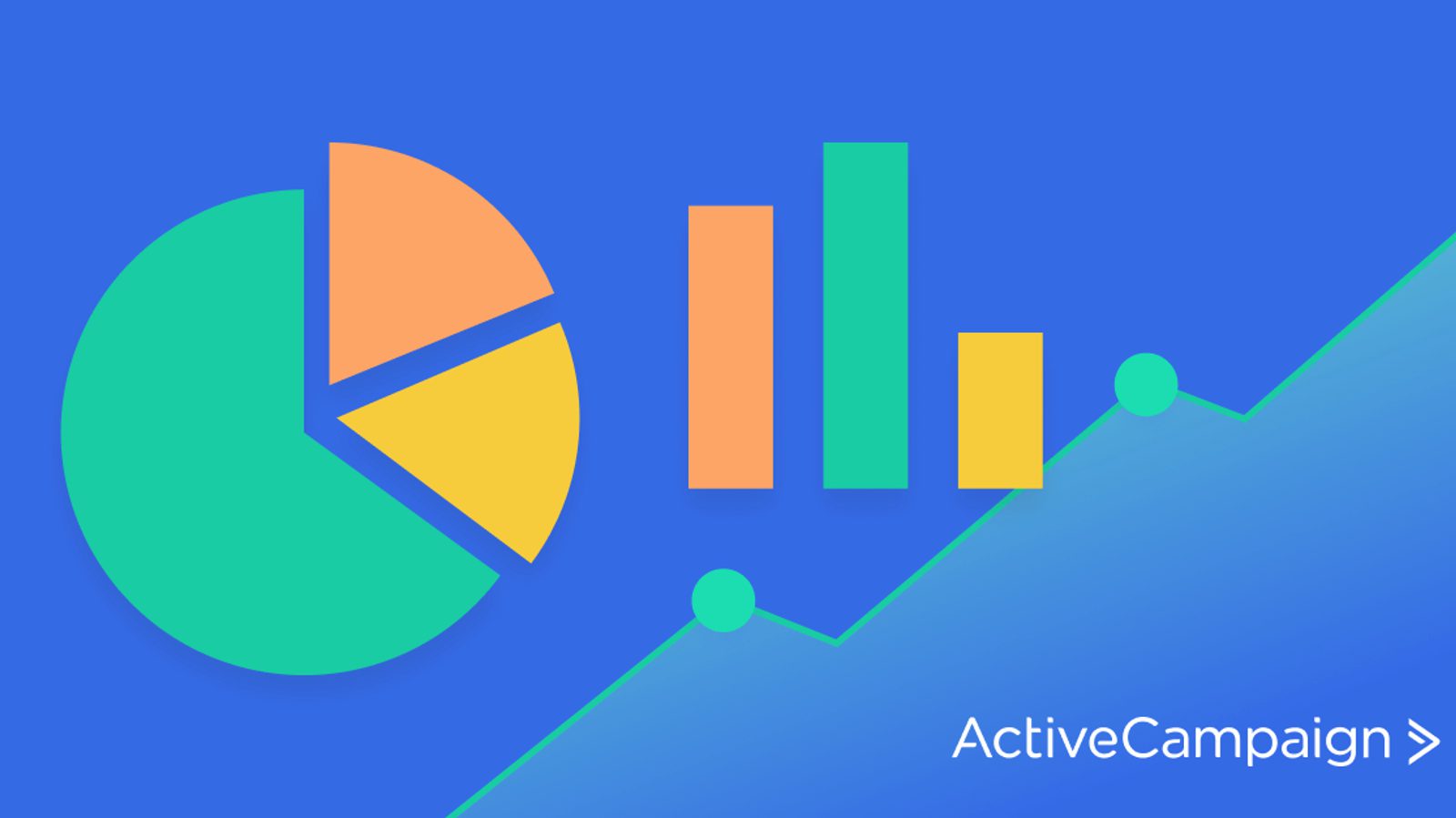Southwest Airlines invests in the customer experience by first investing in its employees. Ranked as one of the best places to work, the airline focuses on building a team-based work environment and reminding employees to take pride in what they do. These core values lead to long-lasting customer experiences.What does that look like in action? In 2011, a passenger booked a last-minute flight to visit his 3-year-old grandson. Due to heavy traffic, the customer was late to the airport. Fortunately, the pilot had waited for the passenger before taking off. Recognizing the humanity of its customers led to this above-and-beyond customer experience.Happier customers help businesses grow, and customer experience statistics show that you need to put your customers first.So, how can you improve your customer experience? We’ve gathered a list of statistics to help you answer that specific question. Learn how the latest trends can benefit your business.
What is customer experience?
Customer experience is every interaction a customer has with your business—from visiting your website to chatting with customer support to unboxing your product. It’s the customer’s overall perception of your brand—the good, the bad, and the ugly.The customer experience spans the entire customer lifecycle. Your customers expect a flawless experience, whether they’re a first-time visitor reading your blog or a loyal consumer going through the checkout process for the fifth time.

Key channels in the customer lifecycle
Beverage brand Koia uses dynamic segmentation to send personalized messages to its customers to improve its customer experience. For instance, segmenting subscribers based on their store preference—natural grocery or conventional—helps the Koia team send the right emails to the right customers.
So, when Koia launches in a new natural grocery store, the Koia team can send a promotion to subscribers who shop at those types of stores to help support their brand launch.
Statistics about customer expectations
In this digital age, customer expectations are increasingly rising. And with more competitors in the market, customers recognize they have more power to control the brand relationship. Your customers expect a seamless experience across multiple channels, personalized offerings based on their shopping behavior, and little to no friction throughout the purchasing process.1. 66% of consumers say connected experiences—like seamless handoffs between departments and channels—are very important to win their business. (Salesforce)2. 67% of customers say their standard for good experiences are higher than they’ve ever been. (Salesforce)3. 32% of all global customers would stop doing business with a brand they loved after one bad experience. (PwC)4. 57% of customers have stopped buying from a company because one of their competitors provided a better experience. (Salesforce)5. 71% of people recommend a product or service because they received a “great experience”. (Convince & Convert Consulting)6. 64% of consumers are more likely to recommend a brand to others if it offers simpler experiences and communications. (Siegel+Gale)
Statistics about mobile experiences
Mobile shopping is still a fairly new landscape for businesses. Riddled with inefficiencies, it holds a unique opportunity for innovative brands to serve customers. The mobile customer experience demands simplicity, convenience, and engagement. For instance, the mobile checkout process shouldn’t require customers to pull out their credit card for every purchase.7. Nearly half of website traffic happens on mobile devices. (Statista)8. 30% of smartphone users are more likely to use a company or brand’s mobile site when browsing or shopping on a smartphone when making a one-time purchase. (Google)9. 90% of customers have had poor experiences seeking customer service support on mobile devices. (Software Advice)10. On mobile, pages that loaded in 2.7 seconds experienced the highest conversion rate (3.3%). (Akamai)11. 51% of Americans have used a cellphone to make an online purchase. (Pew Research Center)12. 60% of smartphone users have contacted a business directly using the search results (e.g., “click to call” option). (Google)
Statistics about customer service
Customer service is one key area that all businesses must tackle. Customer service is delivering ongoing support and guidance to your customers throughout the customer lifecycle. Exceptional customer service builds brand loyalty and boosts sales.For example, Adobe took a proactive customer service approach when they experienced a software outage due to an issue with Amazon Web Services. The company acknowledged the issue with a lighthearted tweet showing a stampede of puppies.13. 77% of consumers feel inefficient customer service experiences detract from their quality of life. (Oracle)14. 96% of customers say customer service is important in their choice of loyalty to a brand. (Microsoft)15. When customers call a company, they’re most annoyed by long hold times (73%) and being transferred to a new agent (70%). (RingCentral)16. 75% percent of consumers will still choose to interact with a real person even as the technology for automated solutions improves. (PwC)17. More than one-third of all consumers consider the most important aspect of good customer service experiences to get their problem solved in one single sitting, regardless of the amount of time spent. (Statista)18. 84% of consumers consider customer service to be a key factor when deciding whether to purchase, and only three percent say it’s unimportant. (Zendesk)
Statistics about how customer experience affects revenue
Focusing on customer experience is more than a feel-good idea. Positive customer experiences are revenue drivers for your business. Satisfied customers buy more of your products, tell their networks about your brand, and leave a positive comment on review sites. These customer actions can translate into an increase in business sales.19. Companies that excel in customer experience grow revenues 4%–8% above their market. (Bain & Company)20. 66% of customers say they’ll pay more for a great experience. (Salesforce)21. 72% of global consumers are willing to spend 16% more, on average, because of excellent customer service. (American Express)22. Customer-centric companies are 60% more profitable than companies that don’t focus on customers. (Deloitte)23. The total growth rate of all customer experience leaders to that of all customer experience laggards collectively had a 14% point advantage in revenue. (Forrester)24. 87% of consumers who gave a company a ‘very good’ customer experience rating report being ‘very likely’ to repurchase from that company. (Qualtrics)
Statistics about personalization
Personalization in customer experience means designing your products and services to meet your customer's unique needs. Not only do personalized customer experiences help businesses differentiate themselves from other brands, but they also offer a sustainable competitive advantage.25. More than a quarter (28%) of marketers cite the difficulties of ‘personalizing customer experience without violating consumer privacy’ as something most likely to keep them awake at night. (Econsultancy)26. 75% of consumers choose retail brands with personalized messaging, offers, and experiences—interaction data from web and mobile can help retailers effectively hone in on consumer interests and tastes. (Iterable)27. 49% of U.S. shoppers said that in the past three months they bought a product they did not initially intend to buy after a brand made a personalized recommendation. (Segment)28. 70% of consumers saying a company’s understanding of their individual needs influences their loyalty. (Salesforce)29. 52% of customers say that they are extremely or somewhat likely to change brands if a company doesn’t personalize its communication with them. (Salesforce)30. 58% of consumers would switch half or more of their spending to a provider that excels at personalizing experiences without compromising trust. (Accenture)
Going Beyond Customer Experience Statistics
Customer experience statistics are more than just numbers on a page. They represent the real-life perspectives of your customers who shop with your brand. So, encourage your team to use these trends as a baseline to improve your customer experience.








